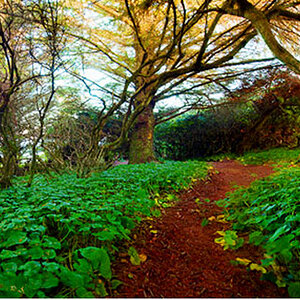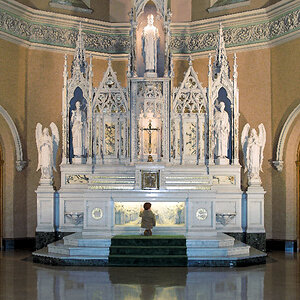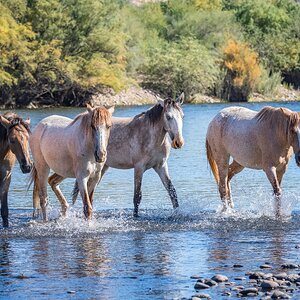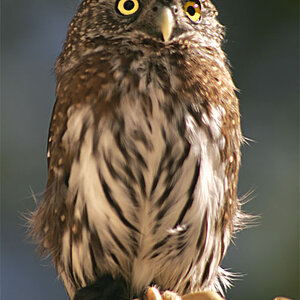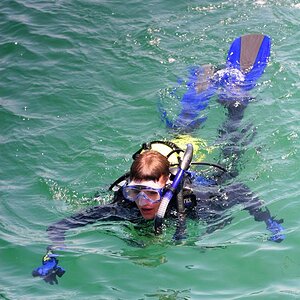Alpha
Troll Extraordinaire
- Joined
- Mar 15, 2005
- Messages
- 5,451
- Reaction score
- 41
- Location
- San Francisco
- Can others edit my Photos
- Photos NOT OK to edit
Just when I finally mastered editing in RGB and CMYK...I have a new love, LAB color. I'd toyed around with it a bit in the past but after reading Dan Margulis' book "Photoshop Lab Color: The Canyon Conundrum and Other Adventures in the Most Powerful Color Space" I want to run out and retouch the entire universe.
:heart:
I would, however, advise that if you don't have a pretty masterful grip on color theory and editing in other color spaces, this will be largely over your head.
Oh god the temptation to try and teach this to my mentoring students is killing me.
:heart:
I would, however, advise that if you don't have a pretty masterful grip on color theory and editing in other color spaces, this will be largely over your head.
Oh god the temptation to try and teach this to my mentoring students is killing me.



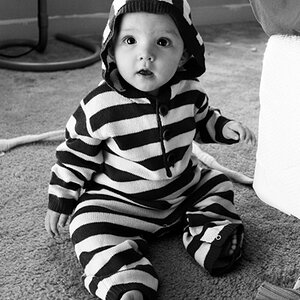


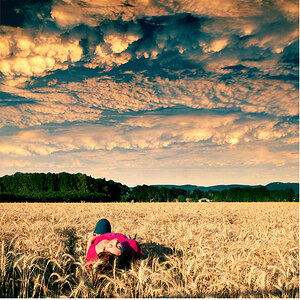

![[No title]](/data/xfmg/thumbnail/38/38264-552eb428d8a704186dcc43400f417d0f.jpg?1619738548)

